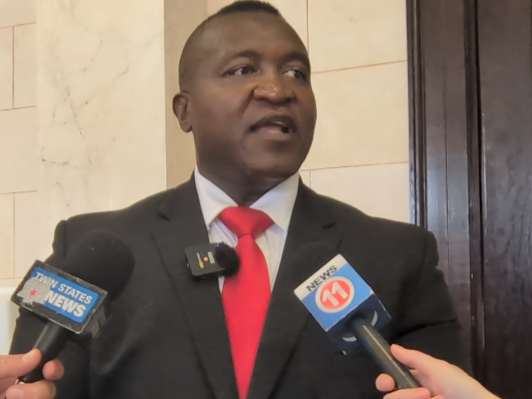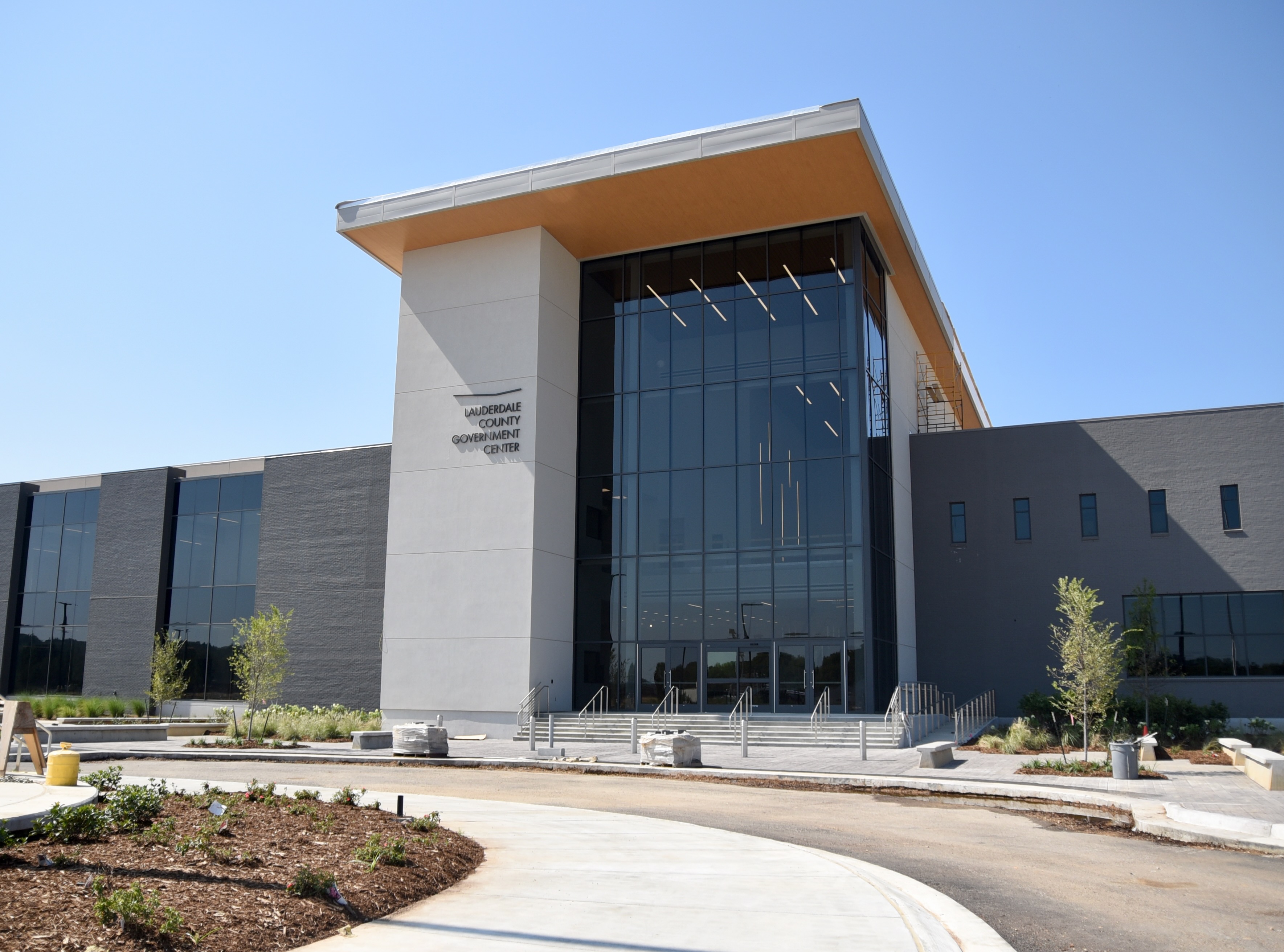The Art of Braiding
Published 8:24 pm Thursday, October 16, 2008
ibrown@themeridianstar.com
Like any artist, Sherron Lewis takes great pride in her craft.
“It’s my passion; I don’t take it lightly,” said Lewis, laughing to deflect any hint of arrogance, but undoubtedly serious.
“This is how I express my creativity, my artistic side. Without it, I’m lost,” she said.
Lewis’ work can be seen all over town, as well as in other venues inside and outside the state. But this artist’s canvas is a little different from many of her contemporaries. Instead of a stretched piece of material in a frame, Lewis uses the human head to display her art – braiding.
With her small, nimble hands, this wife and mother of four has carved out a career that not only includes her own business, Sherron’s Braid Salon, but also teaching her craft to others at Meridian Community College’s Charles L. Young Sr. School of Cosmetology.
“I never imagined it would go this far,” said the humbled Lewis. “This is God-ordained, my whole life is. I have been anointed, and I feel truly blessed and am honored.”
Family ‘practice’
Lewis, who grew up in Meridian’s Red Line District, began her foray into braid design at the tender of 8 by practicing on family members.
“My aunt taught me how to do the basic cornrows and plats with the natural hair,” she said. “I started out doing it on family members – sisters, cousins – then I branched out to people in my neighborhood.”
But it wasn’t until 11 years later, while working in sales, Lewis realized her niche for braiding.
“I had experimented with different styles and techniques – perms, pressing and cutting – and the whole ordinance of braids,” she said. “A girl from Jackson came into the store with Dukki braids and I asked her how she added the extensions to her natural hair. We went to an area in the store and she took one of the plats down and showed me how to wrap the hair into the natural hair.”
Lewis eventually enrolled at Moore Career College to study word processing, not cosmetology.
“I was trying to do something to make my mother proud,” she said.
A year later, Lewis graduated and began working in her field of study. However, this was short lived.
“It didn’t fulfill me; there was still something missing,” she said. “But the cosmetology program was just too challenging for me at the time because of my responsibilities at home. I had two daughters and I needed to make money.”
From 1989-92, Lewis braided at home. In 1993, she began working at Towne Square Hair Salon.
“It blew up from there,” she said. “I worked there for a year and a half.”
Lewis took a three-month leave from the job; her 2 1/2-month-old son died. She began braiding another salon, Looks Unlimited, where she continued to work for 2 1/2 years. She moved to Virginia for a little over the year, then returned to Meridian in 1997. After a brief return to Looks Unlimited, Lewis began working at home.
In 2006, she opened her own braid salon and this year, Lewis began teaching at the MCC cosmetology school.
Changes, trends
Although braiding has been around for many years, it is currently enjoying its biggest popularity.
“It really started popping about 10 years ago,” Lewis said. “I think the different styles really attracted people. You can do so much to it; it’s an art and very creative. You can braid with just the natural hair or add extensions and color. Anyone can braid or plat, but the attraction is in the styles.”
Braiding is widely popular with the spread of hip-hop culture and is worn by both men and women, as well as children. Although worn mostly by African-Americans, braiding gained wide popularity among caucasians after blonde actress Bo Derek wore beaded cornrows in the popular Blake Edwards movie “10.”
“With caucasian hair you have to do cornrows because of the texture; you can’t get every strand with braiding,” she explained.
Lewis considers her creations as visions.
“The client will tell me what they want and I will enhance it,” she said. “For instance, if they want a basic bob instead of taking all the hair and putting it around the face, I may take the front and pump it up and give it that swing look, where it falls over.”
Teaching the art
In her braiding class, Lewis said it’s important that students not only know how to correctly execute the technique, but also know and appreciate the history of the braiding.
“I want them to understand that this is more than a hairstyle; it is a culture, an art form,” she said. “This art has been passed down from generations to generations and they are continuing it, adding their personality and style. But they must know the foundation and appreciate it in order for them to succeed.”
The six-week course is hands-on.
“I teach them the format and structure of braiding, so they’ll be able to distinguish the difference between professional and amateur work. I look for neatness and uniformness in their work.”
And students must practice, practice, practice.
“Sometimes they’ll come in and say, ‘Miss Sherron, my hands hurt, my wrists hurt … ‘ And I’ll them, ‘You’re getting it,'” Lewis said. “But my whole thing is to generate excitement about creativity and self-expression through the art of braiding.”
The curriculum also covers professionalism, hygiene, attitude and other aspects of the business.
When she isn’t braiding or teaching the art, Sherron is active in her church, Fifth Street Missionary Baptist Church. She teaches Sunday school, serves as treasurer of the Ministers Wives Ministry, sings in the choir and serves in other capacities.
“My church and braiding are my two great loves,” she said. “And, of course, my family.”
She is married to Anthony Lewis and has four children, ages 7-21.
Lewis said she plans to expand her craft even more by networking with other salons throughout the country.
“I really love my art; and when I’m not braiding, I’m lost,” she said. “It’s not just something I do, it is who I am. I am truly blessed to have found my passion.”





